Last Updated on April 25, 2022 by Rupesh Patil
Sometimes when you watch TV, there are black bars added to the top and bottom of the picture, or even on either side and for some viewers, these can be very distracting. The reason these bars are added is to show you the picture without any unnatural cropping or stretching. This has to do with the aspect ratio, or the ratio of the length and width of your TV.
Aspect Ratio Basics
Subscribe to Onsitego
Get the latest technology news, reviews, and opinions on tech products right into your inboxAspect ratio is the ratio of the width of a rectangle to its height, represented as W:H.
Remember those old CRT TVs? They had a much more squarish shape when compared to the more rectangular TVs we have today. Old CRT TVs were slightly wider than they were tall, and their aspect ratio was 4:3, so for ever 4 inches wide your TV was, it was 3 inches tall. Older TV shows were broadcast in this format when 4:3 CRT TVs were the norm so the picture took up all of your TV screen.
On widescreen TVs, the aspect ratio is 16:9, so for every 16 inches wide your TV is, it is 9 inches tall. But when a TV show is broadcast on the old aspect ratio, your widescreen TV has to fit it on the screen in a way that has no unnatural stretching of the image. The TV does this by adding two black bars on either side of the picture to make up for the additional inches – causing what is called a pillarboxed video.
Another way your widescreen TV can display these images is by stretching the image horizontally, so everything and everyone looks unnaturally fat and compressed. The third way is by cropping and stretching the image vertically so everything and everyone looks strangely tall, and the top and bottom of the image is usually cut off.
If you were watching old shows like Buffy the Vampire Slayer on a CRT TV, you would see it like it was made – in the original 4:3 aspect ratio. But if you were to watch it on a widescreen TV, there would either be black bars or the image would seem stretched, making for a very unsatisfying viewing experience.
The real problem occurs when you are watching a movie. In most cases, the aspect ratio at which a movie is shot differs from that at which it is displayed on your screen. But most Blu-ray and streaming services show these movies in their original aspect ratio, and this means there would be thick black bars at the top and the bottom, displaying what is called a “letterboxed” image.
What Can You Do About the Black Bars?
You can choose to keep the image as it displays with the 4:3 aspect ratio. The black bars usually are not a problem when you are watching regular TV shows. However, most TVs these days correct this problem by stretching and/or zooming the picture so it fits the entire scene.
So if you are watching a show on Animal Planet, the stretched and zoomed picture may not be very distracting, but if you are watching a rerun of an old show, the picture may look washed out and the characters stockier. If this bothers you, then you will find two options in the TV’s settings: Wide and Format. You can choose to tweak the aspect ratio if the bars bother you, but be warned that when you stretch an image, it will become softer and fuzzier, and can start having jagged diagonal lines.
This problem can happen on your standard HDTV, and can get worse on a 4K Ultra HDTV, because scaling a low-resolution image to fit the UHD TV is not only difficult, it causes a significant loss in quality.
What Really Happens
Say you bought the Bourne Legacy Blu-ray disc on Amazon. It comes with a 2.40:1 aspect ratio. This means the resolution of the image is 1920/800 (1920/2.4=800). This is 26% less resolution than 16:9 HD image and when you zoom the picture to fill the screen, you are only choosing a part of it.
So what you are essentially doing is taking a 1420×800 image, that is the 16×0 part of the wider image, and expanding it to fill a 1920×1080 screen. This means there is a 45% loss in resolution that your TV produces, and, as we mentioned, often this image is soft and fuzzy.
What Happens When You Watch a DVD
If you watch a lot of DVDs on your TV, you will find a range of aspect ratio options. Some discs, for example, will have both “widescreen” (16:9 or wider) and “full screen” (4:3) aspect ratio choices, and you can choose the one that looks better on your screen.
A lot of discs also offer an “anamorphic” aspect ratio. In such cases, extra information lines are inserted in a 4:3 signal, which then the TV upscales to 16:9. But this may not work properly and give a rather unsatisfactory viewing experience.
Some newer DVDs may offer an aspect ratio wider than 16:9, such as 1.85:1 or 2.39:1. For example, The Dark Knight has some portions that were shot in the 1.44:1 IMAX format, and this may look stretched on your TV screen with thick black bars above and below. You can tweak the aspect ratio in the settings to fit your screen, but like we mentioned, it will cause a perceptible loss in quality.
Bottomline
It is essentially a matter of personal choice, but it is safe to advise that you leave the aspect ratio at its original. Set your DVD or Blu-ray player to 16:9 and leave your TV at its native aspect ratio. This way, the image might seem smaller than full screen-sized, but by cropping or zooming it, you are losing quality, and in some instances, a part of the image itself.

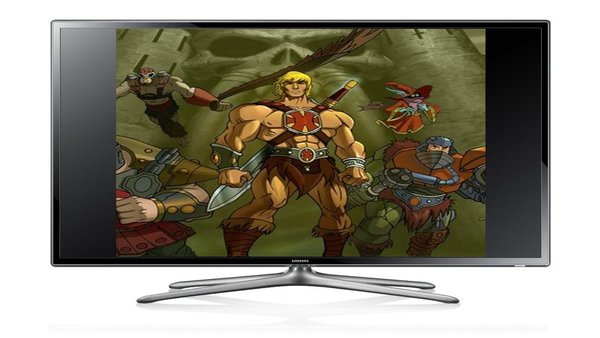

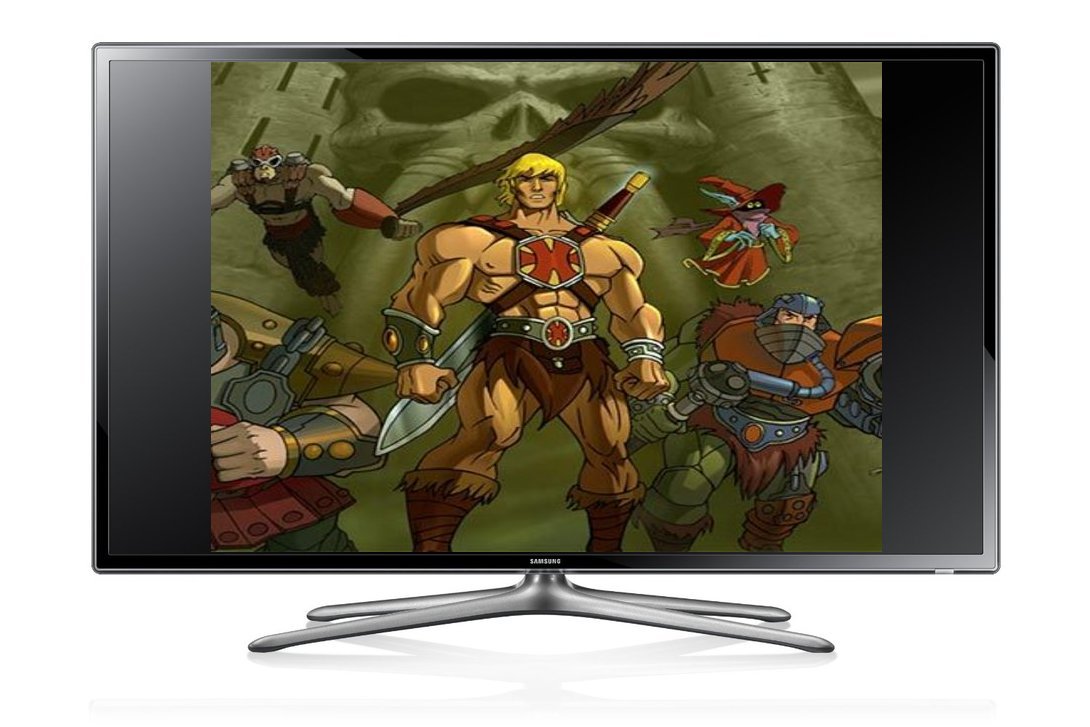
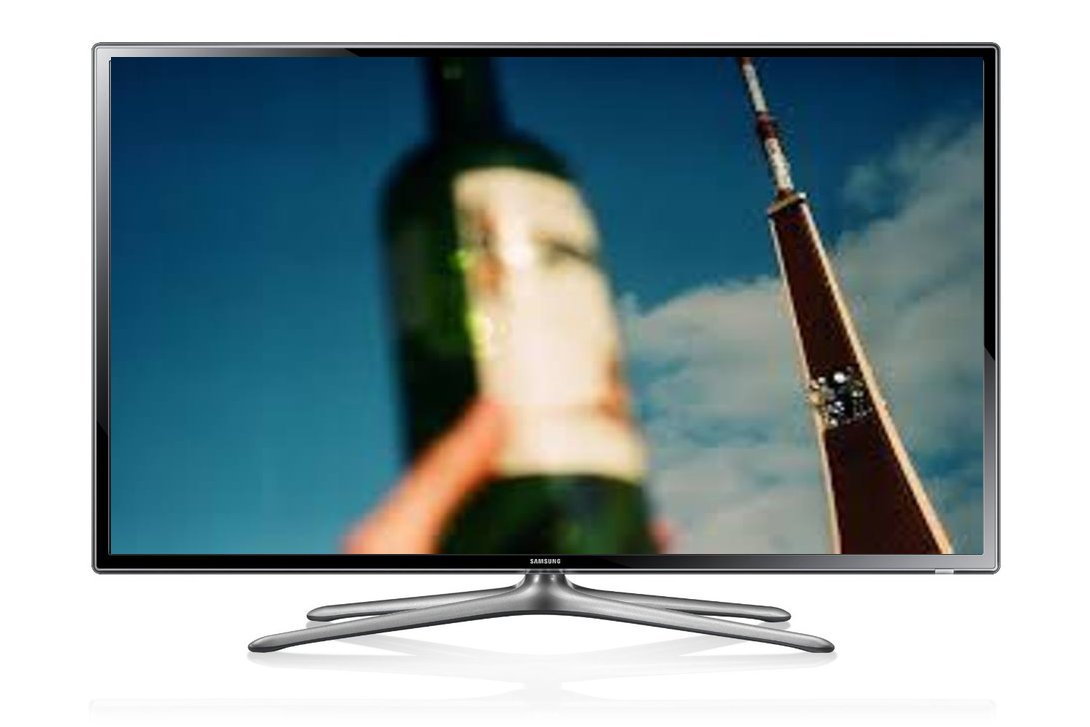
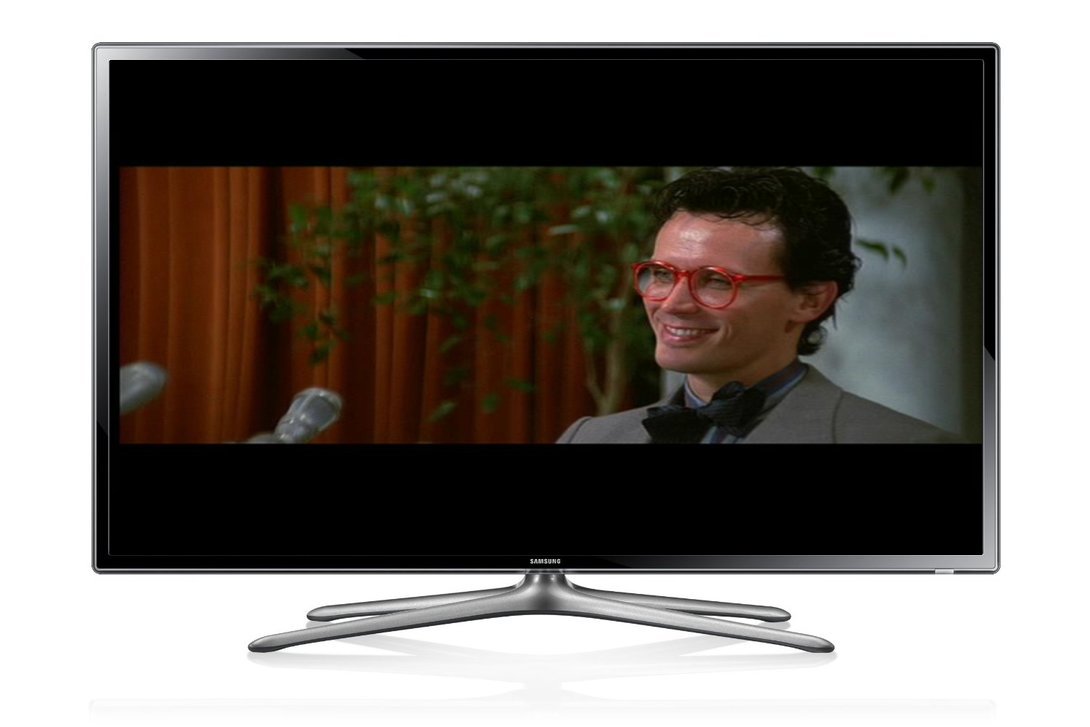

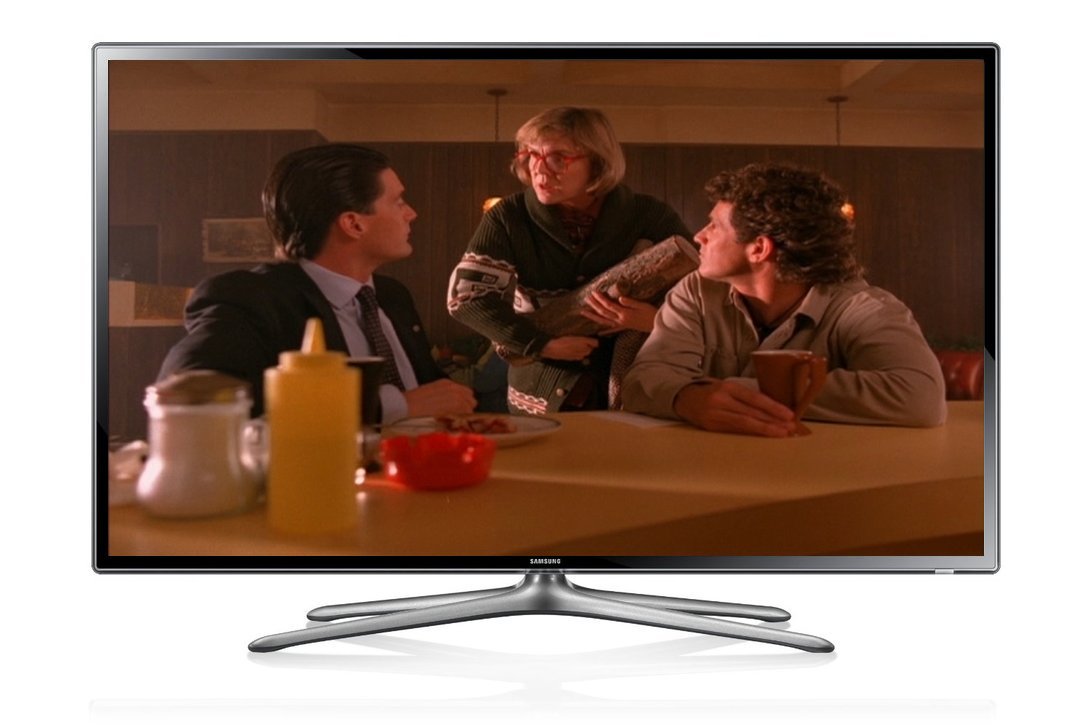
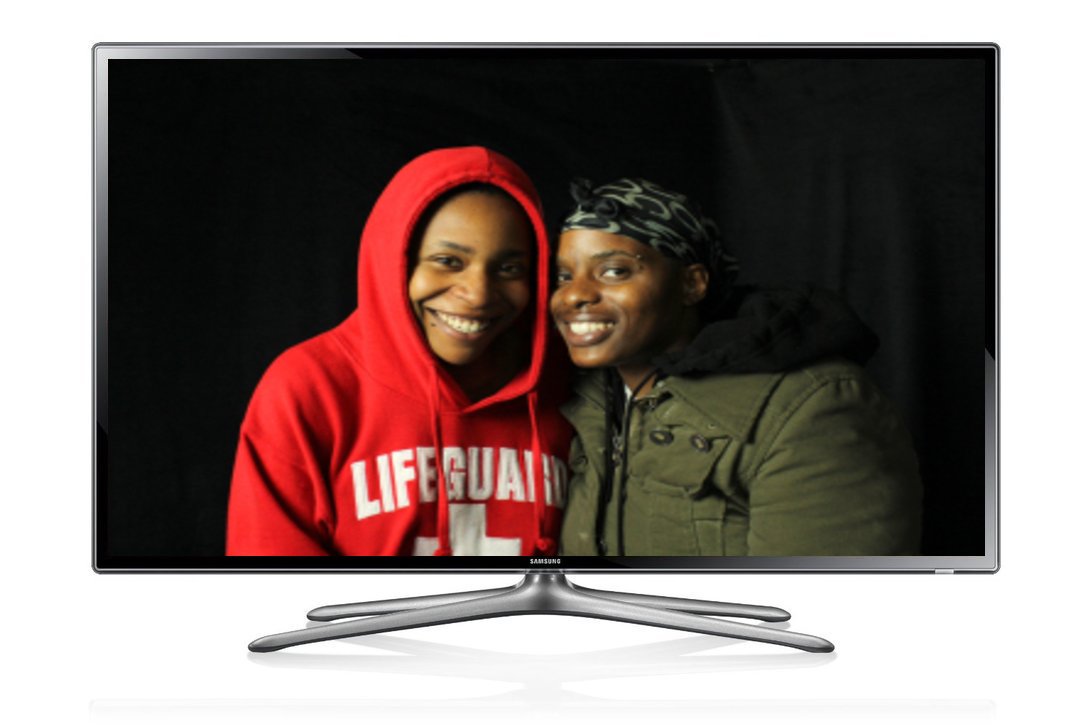
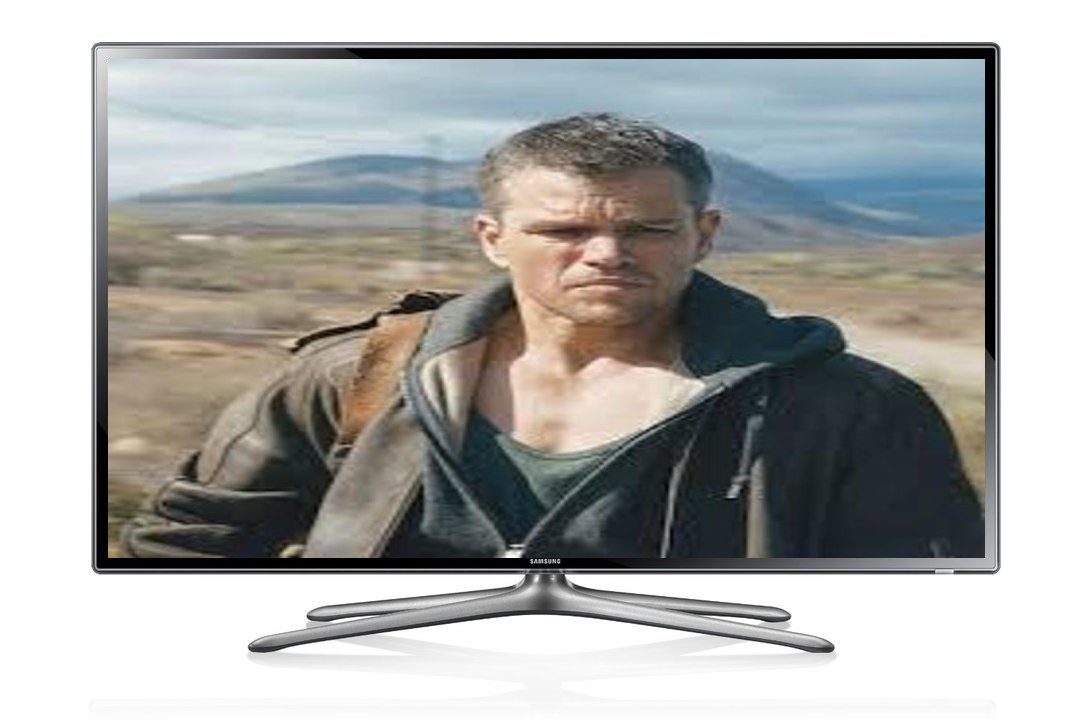

Discussion about this post